Automotive
Local automotive production is booming in many areas of the world, imposing a harsh competition to the traditional players. In order to stand out, the highest-quality manufacturing processes need to be observed, including testing throughout all phases of the automotive design and production.
What can we do for you?
We will work with you to define your application needs and provide the best set of integrated technologiesto reach your goals. We provide automotive solutions and easily reconfigurabletest systems that connect data from all phases of the product cycle, delivering analytics and insights that optimize performance, while having the flexibility to adapt to future requirement changes.
In addition, we provide solutions such as augmented reality, computer-aided design, or product lifecycle management that enable digital transformation inthe automotive industry, and which are paving the way for the future of mobility.
Applications
More resources
Solutions for the Automotive Industry
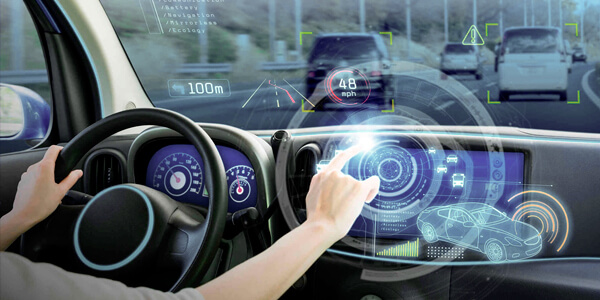
Infotainment and V2X Conformance Test
Infotainment systems and human machine interface (HMI) are key factors for consumers selecting a vehicle, and they make up for a big part of all sensors and ECUs in a car. Vehicle-to-Everything communications are transforming the automotive industry. In addition. V2X interfaces must conform to communication standards (such as 4G/5G cellular connectivity or 3GPP standard ) and RF regulations, so a test system must adapt to changing standards quickly. A flexible and scalable test system is needed to implement validation test of those systems in production.
Vehicle Systems Integration Hardware-in-the-Loop Test
Also called “full vehicle” or “network” hardware in-the-loop (HIL), ensure that all engine control units (ECUs) across the vehicle function correctly and safely together. We work with a global network of partners to provide a solution that can reconfigure more than 2,000 channels in minutes while storing multiple test system configurations while supporting the inclusion of new and existing models in a HIL test system.
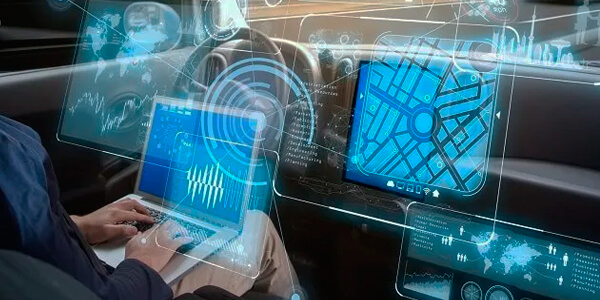
IOT and Augmented Reality
Automotive companies have been at the forefront of digital transformation as they race to deliver and define the future of mobility. A few key technologies are needed to ensure manufacturing processes are state-of-the-art for companies to stay competitive in the global automotive market:
• Industrial Augmented reality.
• IoT and digital manufacturing
• Product Life-Cycle Management
• Computer-Aided Design
We partner with industry leader PTC to provide you with solutions to reach Operational Excellence in Manufacturing.
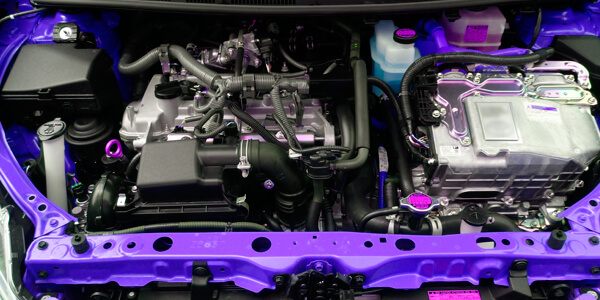
Engine, Body and Chassis
Flexible and cost-effective test systems to test power train, body and chassis components, reusing test data along the development cycle.
• Electronic Control Unit (ECU) Functional Test: the number of electronics control units is constantly increasing and this requires accurate and fast testing of them. With a functional tester for end-of-line (EOL) test of automotive ECUs, that integrates core software and hardware elements reduces capital and operational expenses, by decreasing test time and floor space through parallel testing thanks to a best-in-class test executive and a variety of high quality I/O.
• Hardware-in-the-Loop for Body and Chassis test: use HIL simulation and reduce the need for expensive real-world tests. Test all body and chassis features such as active suspension and emergency steering, seat control, infotainment systems, and passive safety systems such as airbags or seat belts. This system is based on a custom PXI or NICompactRIO system with a broad range of modular I/O connected directly to the FPGA for high-speed deterministic execution. The VeriStand software includes features to configure real-time I/O, import and simulate models, and automate real-time tests. You can reuse the system and extend and customize it to meet changing requirements.
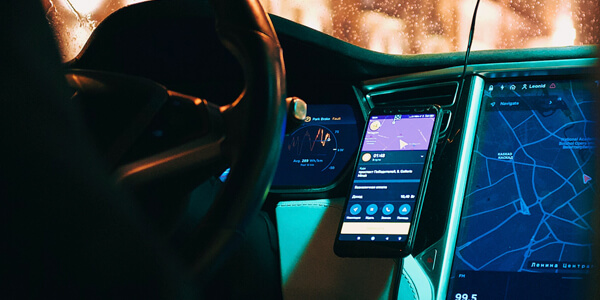
Connected Car
RF and software connected systems
• Infotainment and V2X Conformance Test: Infotainment systems and human machine interface (HMI) are key factors for consumers selecting a vehicle, and they make up for a big part of all sensors and ECUs in a car. Vehicle-to-Everything communications are transforming the automotive industry. In addition. V2X interfaces must conform to communication standards (such as 4G/5G cellular connectivity or 3GPP standard ) and RF regulations, so a test system must adapt to changing standards quickly. A flexible and scalable test system is needed to implement validation test of those systems in production.
• Vehicle Systems Integration Hardware-in-the-Loop Test, also called “full vehicle” or “network” hardware in-the-loop (HIL), ensure that all engine control units (ECUs) across the vehicle function correctly and safely together. We work with a global network of partners to provide a solution that can reconfigure more than 2,000 channels in minutes while storing multiple test system configurations while supporting the inclusion of new and existing models in a HIL test system.
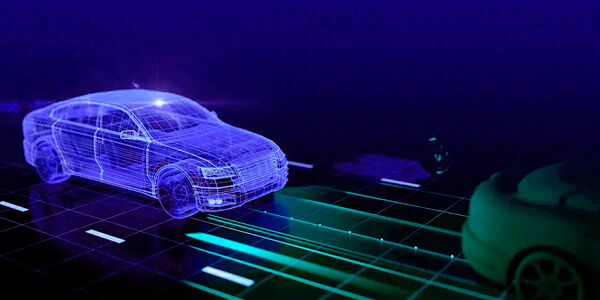
ADAS
Validate sensor and software performance for the entire vehicle with realistic scenarios.
• ADAS and autonomous driving test: data record, data replay, digital twins, software in the loop, HIL, sensor fusion, and other XIL or V&V applications. Open system architecture that includes industry standards like PXI, providing compact, modular, and flexible instrumentation-grade I/O and nanosecond-level timing and synchronization and an open software approach for connectivity to third-party simulation tool providers, IT infrastructure, and cloud services.
• In-Vehicle Data Logging for ADAS and autonomous driving: data-recording high-performance and flexible solutions to record sensor and ground data during road testing to verify sensor capabilities and train ADAS and autonomous vehicle (AV) algorithms.
• Automotive Radar Test: 4 GHz Vehicle Radar Test System to test sensors for ADAS features like autonomous emergency braking (AEB) or rear cross traffic alert.
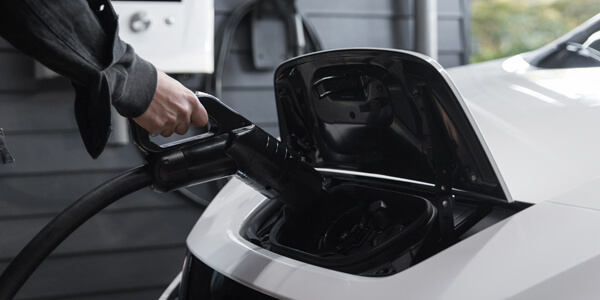
Electric Vehicle Test
Every automaker in the world is focusing on developing the best Electric Vehicle (EV). The key to innovation in this field is testing EV batteries, inverters, and chargers, and the key to a successful test is for it to be done earlier in the design process
We can help you test faster and more accurately with safe, adaptable, and modular solutions for:
Electric Vehicle Battery Test
Build a battery lab to test earlier in the design process with closed-loop simulated systems. A system architecture featuring a real-time controller that runs deterministic test sequences to control test cell components like cycler and chiller/heater to measure all battery module/pack characteristics. (Download tech brief)
Electric Drive Test
EV drive validation. Go from model/signal-level to power-level/dynamometer testing reusing IP. Simulate vehicle dynamics, battery, and electro-mechanical models to reduce costly physical testing time. Digital twin modelling of the test cell to simulate tests before introducing expensive power electronics capital equipment.
